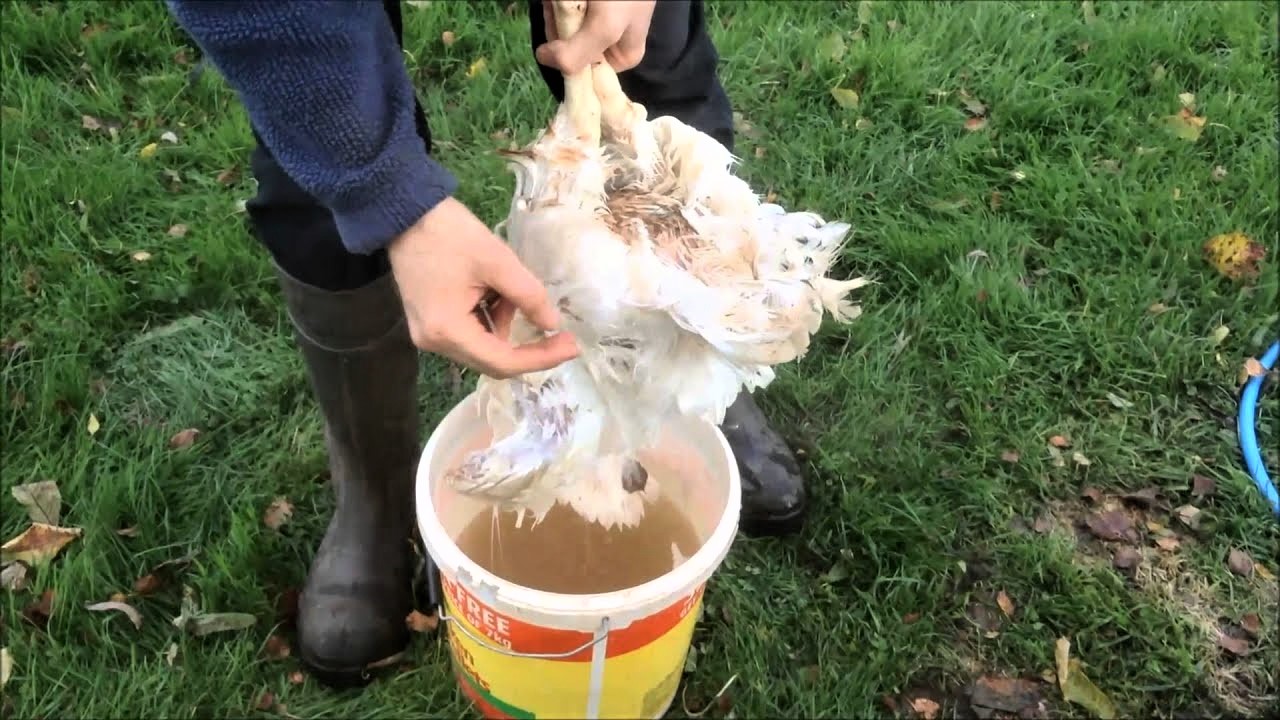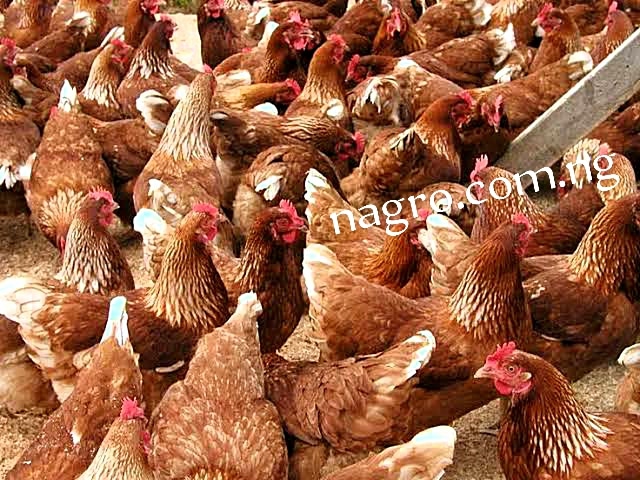Watery white poop and bloody poop in chicken
Watery white poop or bloody poop or feces in poultry / Chicken are one of the most common aspect of poultry disease, and it’s management is also of economic importance to poultry / chicken.
This article is for learners who are new Into poultry / chicken, we didn’t intend to write with big English or grammar. But believe me, as a learner you will learn more than you can understand from this topic.
watery white poop
Watery white poop and bloody poop in chicken are caused by different diseases which ranges from
1. Coccidiosis
2. Salmolella
3. Worms
4. Gumboro
Coccidiosis
Coccidiosis is caused by a microscopic parasite called coccidia that is transmitted via the droppings from infected birds. In other words, anywhere there’s a microscopic trace of bird poop—in a waterer, a feeder, or in bedding—there’s almost certainly coccidia present.
Symptoms / Signs of coccidiosis include weight loss, paleness, ruffled feathers, depression, huddling, unwillingness to eat, and watery or bloody diarrhea. All birds are at risk, but growing birds and young adults ages 3 to 5 weeks old seem most susceptible.
The good news is that birds in relatively good health with strong immune systems are equipped to ward off coccidiosis, as long as they do not become stressed or overexposed to unsanitary conditions.
Bloody poop can appear as watery chicken poops without any solid, and sometimes with they normal solid grey matter. Bloody poop is characteristic of coccidiosis and the amount of blood depends on the severity of the condition. Usually, chickens with severe cases of coccidiosis will not have appetite to eat. This is because coccidiosis takes its toll on the intestine of its victim.
Bloody poop is the most important feature of ccocidiosis
Once you see your chicken having a bloody poop, just know that it’s coccidiosis.
Prevention of Coccidiosis
Let sunlight do some of the work. Coccidia hate sunlight.
Keep the premises as dry as possible. Coccidia love moisture.
Never introduce new adult birds into your flock. Birds that appear healthy can be carriers of a number of deadly diseases. Quarantine them first
Treatment of Coccidiosis
Coccidiosis can be treated with coccidiosis based drug like Amprolium, embazinforte, etc
Or any other drug that is specifically for coccidiosis treatment.
Salmonella
White Diarrhea,It is also also called Salmonellosis
Pullorum disease (PD), also referred to as bacillary white diarrhea, is an acute septicemic disease affecting primarily chickens and turkeys. It is caused by the Salmonella enterica subsp. enterica Gallinarum-Pullorum bacterium. It is one of several different diseases that are collectively referred to as Salmonellosis.
Symptoms / Sign of Salmonellosis
Affected birds have little or no appetite, can barely sit or stand without swaying, and appear drowsy, droopy, and uninterested in their surroundings. Their droppings are a distinctive white-cream color, sticky and shiny, and may be mixed with a brownish material.
Treatment of Salmonellosis:
Sulphadiazine, Sulphamerazine, sulphapyrazine, Sulphamethazine are the most effective in chicken (not in turkey poults). Furazolidone is effective. Also chloramphenicol, colistin and apromycin are effective
Worm
White, Milky Chicken Poop: This can either be internal worms.
Signs of worms in Chicken
Chickens are losing weight
Bloody diarrhoea: watery feces that has blood in it
Pale and/or dry combs
Chickens puffing up while sitting
Chickens may be less active
Chickens stop laying eggs
Lowered egg production
Poor growth in young birds
Poor feather quality
Diarrhea: Having a watery feces
Emaciation: when chicken look slim and tiny
Treatment of worms
Worms can be treated using piperazine, levamisole, ivermectin etc .
Gumboro
Gumboro disease, also known as Infectious Bursal Disease. It can make your chicken to have watery white poop.
Gumbooro is spreads by contaminated faeces, water and feed. It is a highly contagious and hardy agent. Other vectors can harbor the virus including darkling beetles their lesser meal worm larvae and rats.
Clinical signs
Elevated body temperature, (111oF/44ºC), watery urate diarrhoea, anorexia, depression, ruffled feathers, head trembles, sleepiness and lameness can occur.
Treatment of Gumboro
Vaccination is the remedy for this Disease.



